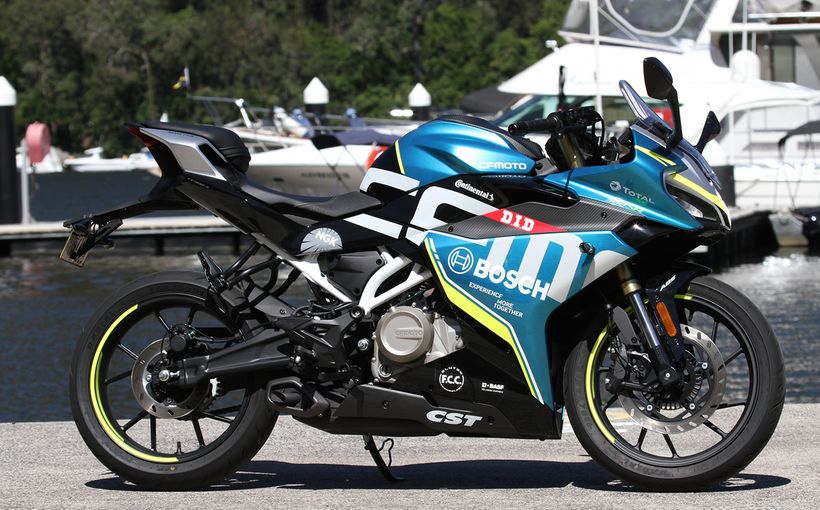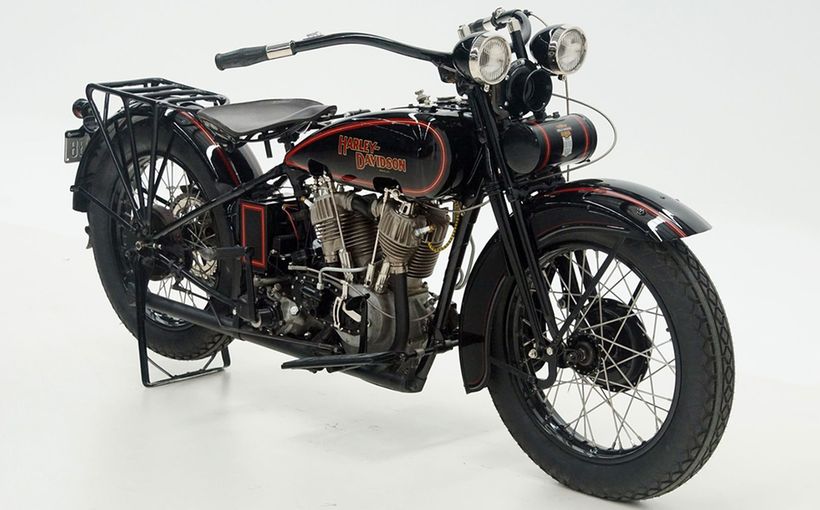
While car drivers can happily roll along largely oblivious to the conditions of the road beneath their four stable wheels, the same can't be said for riders.
Balancing on two wheels as you make your way around corners is an inherently precarious thing, and so it's vital you keep the condition of the road ahead in mind when you're out and about, and are aware of the dangers you're likely to encounter in certain situations and environments.
Obviously you're going to experience significantly reduced levels of grip in the wet, and so your riding should be adjusted to suit. Slow down; increase the distance between yourself and the vehicle in front; position your body more to the inside around corners (thus keeping the bike or scooter more upright, with less stress on its tyre's contact patches); and avoid super slippery stuff like the plague – like metal grates, white line markings, cat's eyes and crack sealant. In built-up areas when it's raining, especially in the peak hours or around lunch time, watch out for hapless pedestrian darting across the road, and be particularly careful when it's just started raining after a prolonged dry spell – ie when road grime has had a chance to build up, and hasn't yet been washed away by the downpour.
Spilled diesel, petrol or oil are also things to look out for, but they're often not easy to pick up before it's too late. Any rainbow-coloured pools on the road need to be given a wide berth, and a decent build-up of oil can make water bead on top of it in the wet. Sometimes a vehicle with a loose fuel cap will leave a long trail of spilt fuel behind it – fortunately this is easier to pick up, so adjust your line to suit, but in general be wary of any discolouration on the road in front of you. Also be aware of where you're more likely to encounter these slippery characters – like at busy intersections, in industrial estates and on petrol station forecourts. When stopping at particularly slippery intersections, pull up either to the left or right of your lane, avoiding the oily centre, and put down whatever foot falls to the outside of the lane.
Loose gravel can pose a major headache too, and this is often a problem when a road has been recently re-sealed. Learn to scan the surface of the road ahead. You can learn to spot a dubious patch pretty effectively, and use your ears too – a road with loose stuff will have a different sound, as the loose bits get picked up by your tyres and are then flung against your guards.
Finally, take care if you're riding anywhere near tram or light rail tracks. Ride between the tracks and don't cross them on too shallow an angle – especially when it's wet, when rubber and cold steel are a particularly bad combination. The rule of thumb here is don't be paranoid, just be aware – with a trained eye and an informed mind you will be able to effectively avoid the vast majority of road surface nasties as they crop up.
Protect your Bike. Call Shannons Insurance on 13 46 46 to get a quote today.









